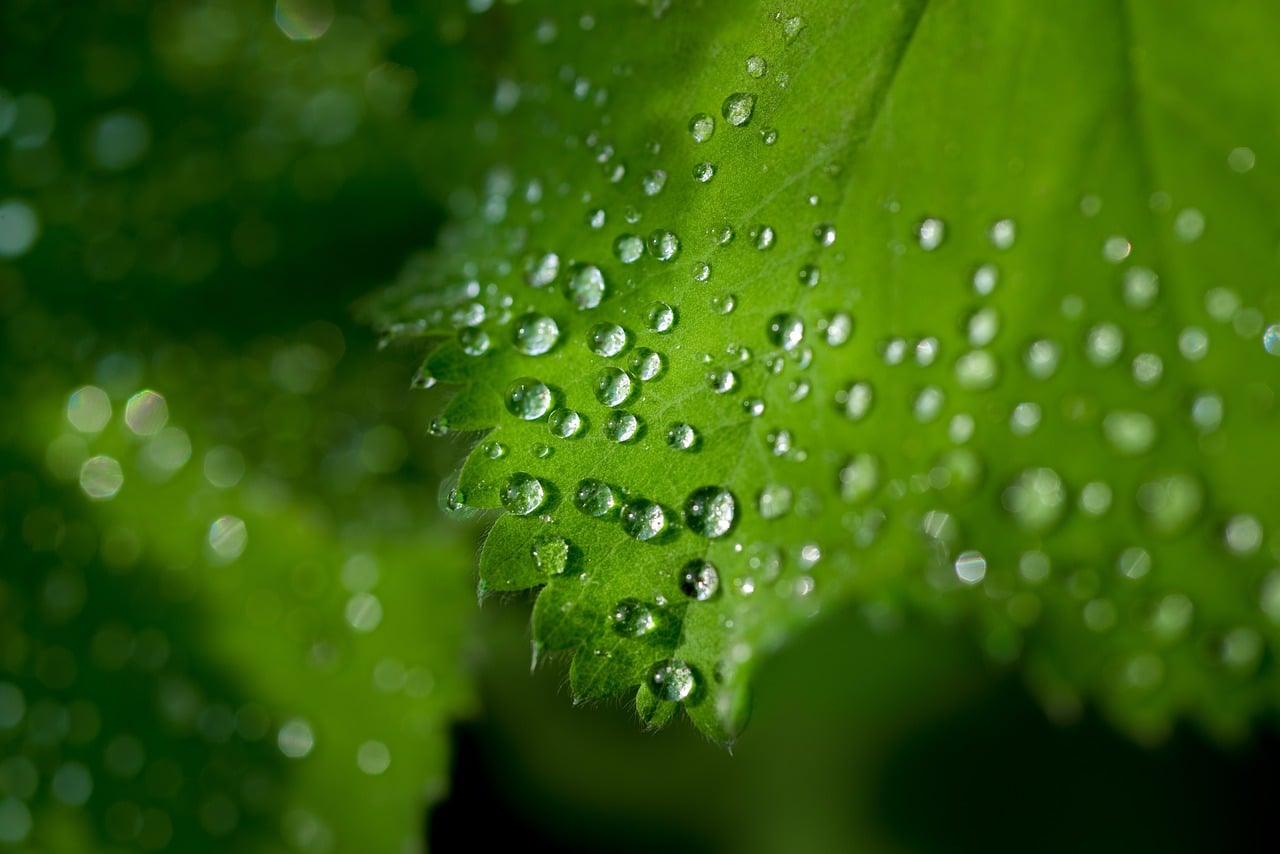
From the University of Cambridge an ally against the energy and water crisis
The turning point for almost 2 billion people without access to drinking water could come from a device developed at the University of Cambridge. It is a technology that uses solar energy and converts heavily polluted water into drinkable water and clean hydrogen.
The functioning of this device is remarkable: its peculiarity lies in its ability to operate autonomously, without external energy. This makes it particularly suitable for isolated contexts and off the electricity grid. The device also has a simple and efficient design, can be assembled easily and adapts to various water sources. Simplicity, efficiency and versatility: three characteristics that promise the simultaneous resolution of two of the most serious problems of our time, namely the shortage of drinking water and the difficulty of accessing clean energy.
The versatility of the device favors its large-scale adoption: a non-negligible detail for those regions where the essential infrastructure for water purification is non-existent or scarce. In fact, the device is particularly resistant to pollutants and its floating design makes it effective even in murky or muddy waters.
The results of the research were published by the magazine “Nature Water”: although it is a device still in the experimental phase, the potential of this technology is enormous (and can be further improved) given that it would have direct effects on sustainable development from a circular economy perspective . In an era of climate crisis, pollution problems and health challenges are closely connected. This is why addressing environmental and health issues simultaneously could revolutionize the lives of many people.
Let’s look more specifically at how this technology works: scientists aimed to reproduce the mechanism of photosynthesis. The device is a sort of evolution of the so-called “artificial leaves”, which imitate natural photosynthesis, with the aim of producing chemical compounds, such as fuel, starting from water, sun and CO2.
The “artificial leaf” manages to purify water, both marine and contaminated by external agents. According to Chanon Pornrungroj, author of the research, integrating solar fuel production with water purification in a single device is a huge technical challenge, given that solar-activated water splitting requires completely pure water to avoid catalyst poisoning or unwanted chemical reactions.
These challenges have been overcome by creating floating solar sheets that combine photocatalytic and photothermal functions. A strontium aluminum titanate powder, which acts as a catalyst, was applied to a solar steam generator made up of a nanostructured carbon network capable of absorbing light and heat, and therefore floating. This system allows the evaporated water to be separated from the underlying element, generating clean hydrogen and oxygen. At the same time, the porous structure of the steam generator prevents the passage of salt and impurities, thus ensuring drinkable water.








